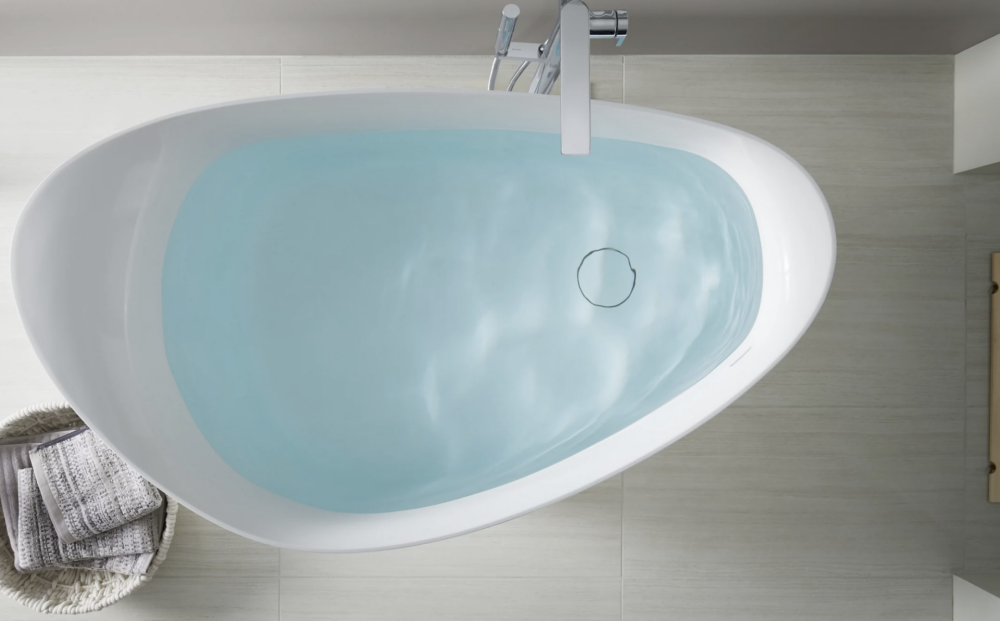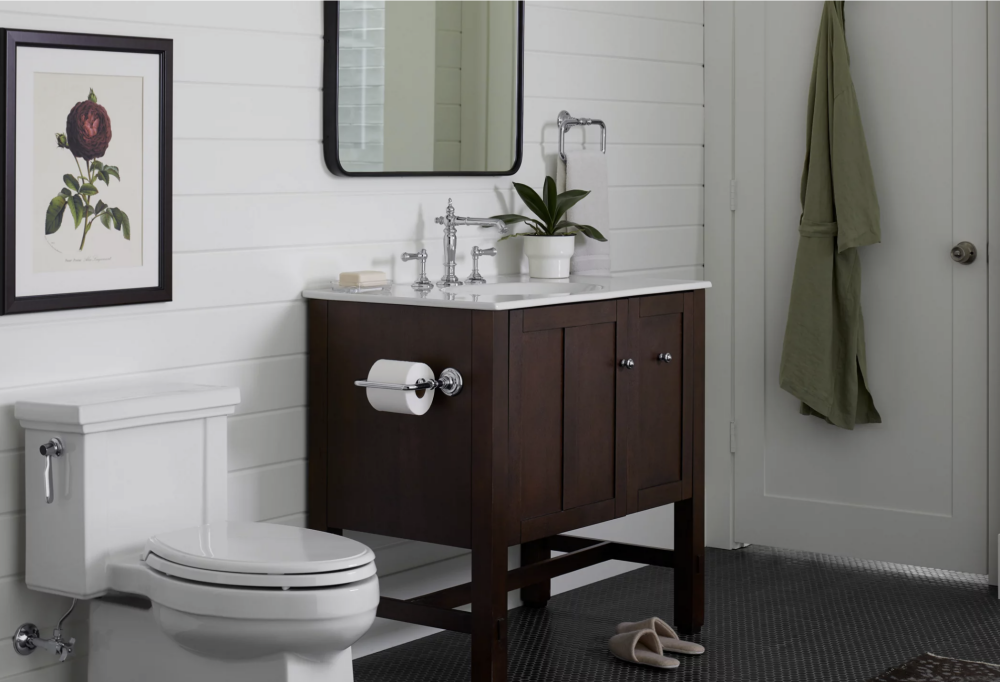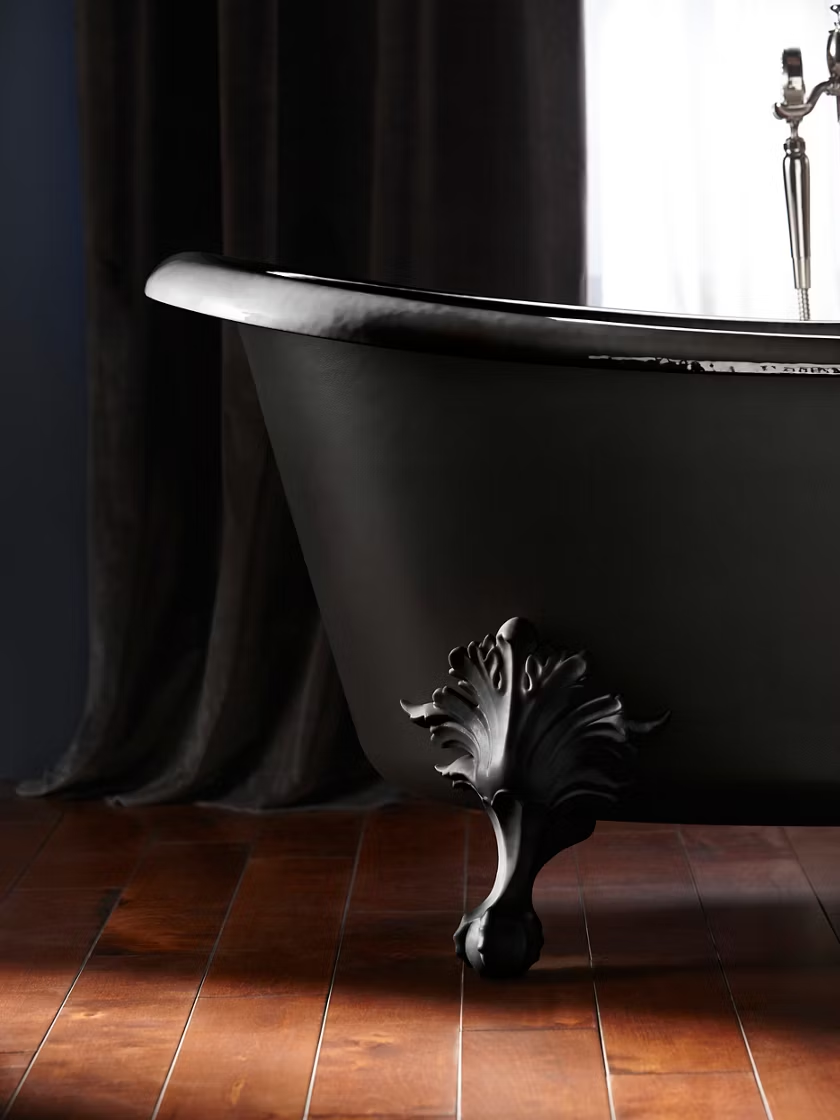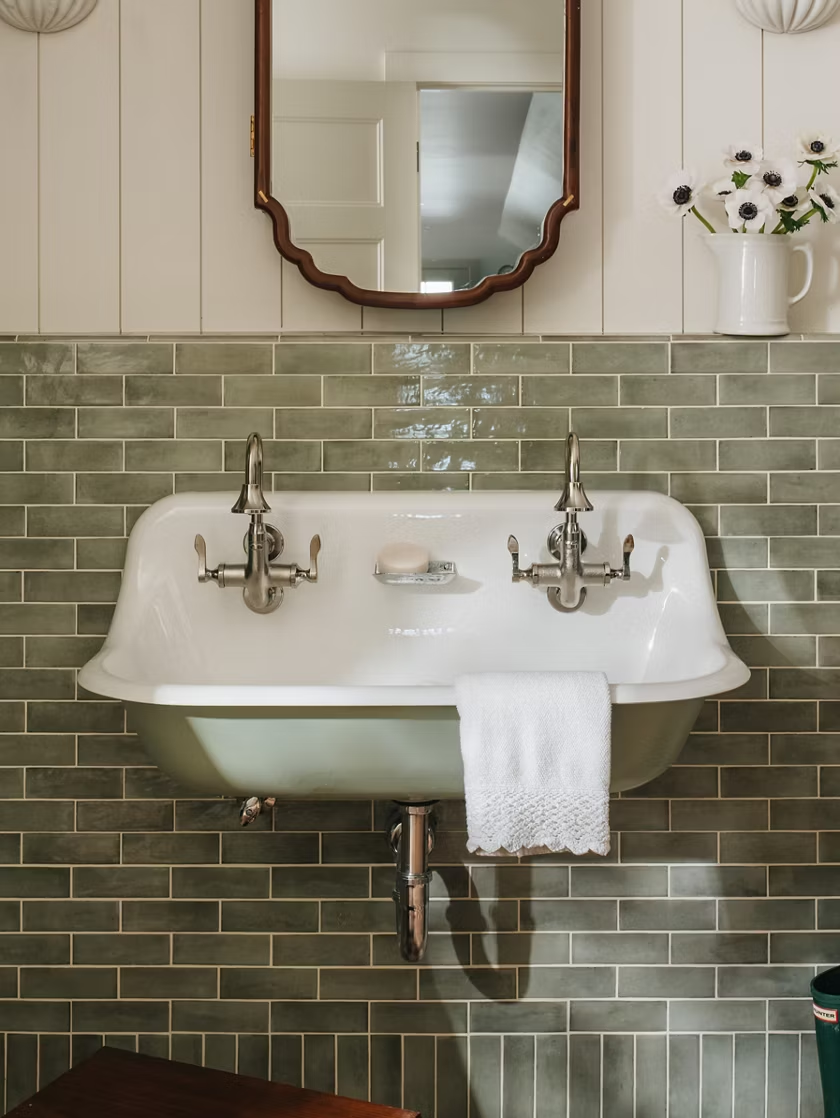The Kohler Bathroom
A Legacy Begins
In 1873, John Michael Kohler lifted a cast-iron horse trough, coated it in enamel, and presented it as a bathtub. That single gesture—part experiment, part vision—marked the birth of Kohler as we know it. From those early days in Wisconsin, the company set out to transform the most ordinary fixtures of daily life into quiet symbols of craft and care.
More Than Utility
By the 1920s, Kohler had begun to explore design as art. Sinks and toilets appeared in hues beyond basic white—Spring Green, Peachblow, and other romantic tones that softened the industrial edge of iron and porcelain. These hand-finished pieces reminded homeowners that beauty belonged in every corner of a house, even in the rooms where life feels most routine.
Innovation with Intention
Kohler’s progress has never been for show alone. In the 1970s, as environmental awareness took root, the company pioneered water-saving toilets and faucets. Efficiency became as essential as elegance. To this day, Kohler balances resourcefulness with refinement, ensuring that design respects both home and habitat.
The Artistry of Form
Each faucet, sink, and tub carries a sense of permanence—built not just to serve, but to endure. Collections range from the spare modernity of the Purist line to the sculptural presence of enameled cast-iron bathtubs, made with recycled materials and backed by a lifetime guarantee. Even their color stories, reintroduced from archives, speak to a rhythm of history that continues to inspire.
Why It Matters Today
In a world often chasing the new, Kohler proves that timelessness is a worthy pursuit. Their products offer more than polished metal and porcelain; they reflect a tradition of craft that ties the present to the past. A simple faucet, a porcelain sink, a cast-iron tub—all become heirlooms of daily life, designed to be used, admired, and passed forward.
Cast Iron Baths
Cast Iron Sinks









